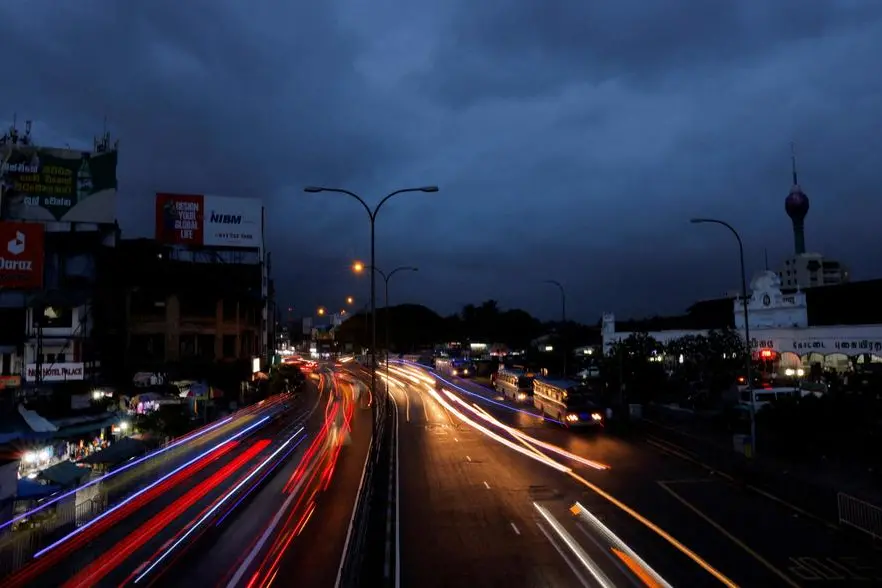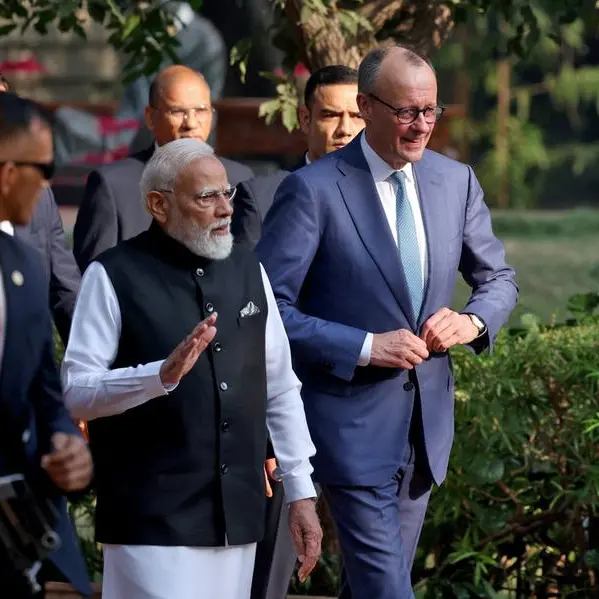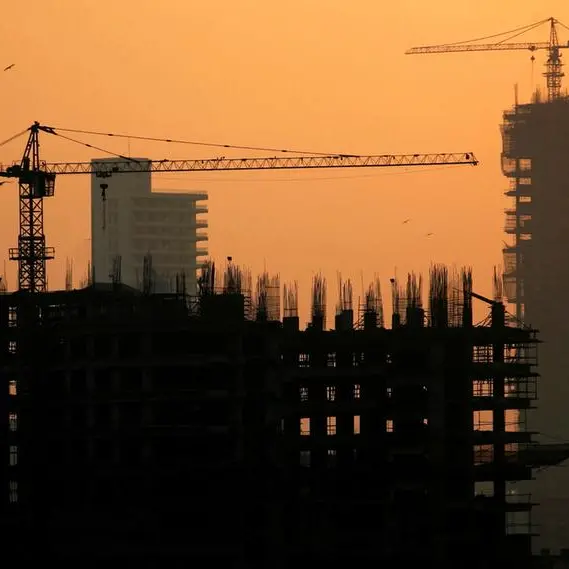PHOTO
The World Bank raised its forecast for Sri Lanka's economy on Tuesday, projecting growth of 2.2% for 2024 as the crisis-hit nation makes a faster-than-expected recovery from its worst financial crisis in decades.
Sri Lanka secured a $2.9 billion bailout from the International Monetary Fund (IMF) in March last year, helping it temper inflation, increase state revenues, and rebuild foreign exchange reserves after its economy crumpled in 2022.
The IMF programme helped Sri Lanka's economy stabilise, and it is expected to return to growth this year after contracting 2.3% in 2023.
The World Bank, in its latest report on South Asia, raised its growth forecast for Sri Lanka by 50 basis points. Real GDP growth was also expected to strengthen further to 2.5% in 2025, with modest recoveries in reserves, remittances and tourism, the development bank's report said.
"Growth is projected to be positive in 2024, and moderate over the medium term - not a quick bounce back," Richard Walker, senior economist at World Bank, told reporters.
Sri Lanka defaulted on its overseas debt in May 2022 after a severe shortage of foreign exchange reserves triggered the worst financial crisis since independence from Britain in 1948, sending inflation rocketing to 70% in the following months.
While prices have eased off recently, the World Bank estimates the poverty rate in Sri Lanka will remain above 22% until 2026. It was about 26% in 2023, compared to pre-COVID levels of 11.3% in 2019, the World Bank said.
"Households have been impoverished by a fall in their purchasing power due to high inflation, losses in wages, income and employment, and a drop in remittances," the report said.
The Indian Ocean island nation secured an agreement in principle with China, India and the Paris Club nations last November to restructure its debt and now needs agreements with each bilateral creditor - a key condition in its IMF bailout.
Sri Lanka, which is due to hold presidential elections in the second half of 2024, would need to complete the debt restructuring before the next IMF review.
"Downside risks remain high, due to limited primary account and reserve buffers... especially with elections and policy fatigue. The other is an insufficiently deep debt restructuring," Walker said.
South Asia, excluding Afghanistan, was expected to grow 6.1% in 2025, remaining the fastest-growing region in the world for the next two years, with India's expected growth of 6.6% for fiscal year 2025 leading the way.
The World Bank expects Pakistan's fiscal year 2024 growth at 1.8%, below the State Bank of Pakistan's projection of 2%-3%. Real GDP is seen expanding 2.3% in fiscal year 2025, the report said. (Reporting by Uditha Jayasinghe; Writing by Sudipto Ganguly; Editing by Tom Hogue and Lincoln Feast.)





















